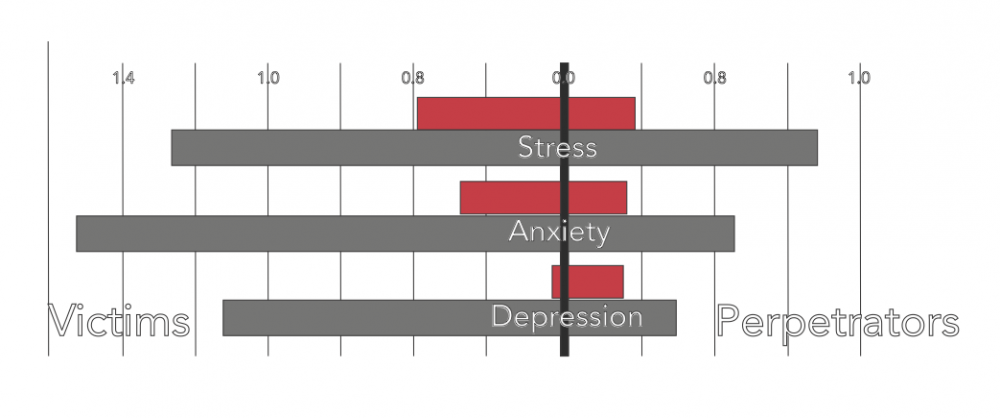Cyberbullying is a growing concern. The effects of bullying and cyberbullying on the health of adolescents have been well documented. However, there is little research about the experiences of Indigenous adolescents with bullying and cyberbullying. The majority of studies on bullying have instead focused on white and middle-class populations. The small number of studies including Indigenous participants suggests that they experience frequent bullying. This is troubling considering known issues that affect Indigenous people such as health inequities, the impacts of colonization and forced assimilation policies, and the need for culturally-relevant programming especially for Indigenous youth.
Broll, Dunlop and Crooks examined surveys collected over a six-month period between September 2014 and March 2015 that evaluated a Canadian school-based substance use and violence prevention program. They sought to identify the effect of both cyberbullying victimization and perpetration on the levels of depression, anxiety and stress among Indigenous adolescents.
They measured the extent to which the 170 Indigenous adolescents in the study identified themselves as being perpetrators or victims of bullying in the preceding month. The study also assessed whether participants had experienced the symptoms of depression, anxiety, and stress in the month prior to the survey. The researchers then analyzed the final results by comparing the responses to identify any associations between traditional bullying victimization, cyberbullying victimization and the levels of depression, anxiety and stress.
The study shows that Indigenous adolescents are often the victims of bullying both offline and online. More than one-third of Indigenous adolescents reported that they have experienced traditional bullying in the last month, and 1-in-6 reported that they experienced cyberbullying. Being a victim of cyberbullying appears to particularly contribute to experiences of depression, anxiety and stress among Indigenous youth. This study does have some limitations but makes clear the need for examination of the particulars of cyberbullying involving Indigenous adolescents in Canada.
Cyberbullying is a source of harm for one of society’s most marginalized groups. The need for culturally informed prevention and intervention activities have been established. There is a need for victimization prevention and health promotion programs that are grounded in empirical data and responsive to the particular needs of Indigenous youth.

Cyberbullying victimization contributes to depression, anxiety, and stress among Indigenous adolescents. A better understanding of this issue is needed, as well as culturally appropriate prevention and response initiatives.